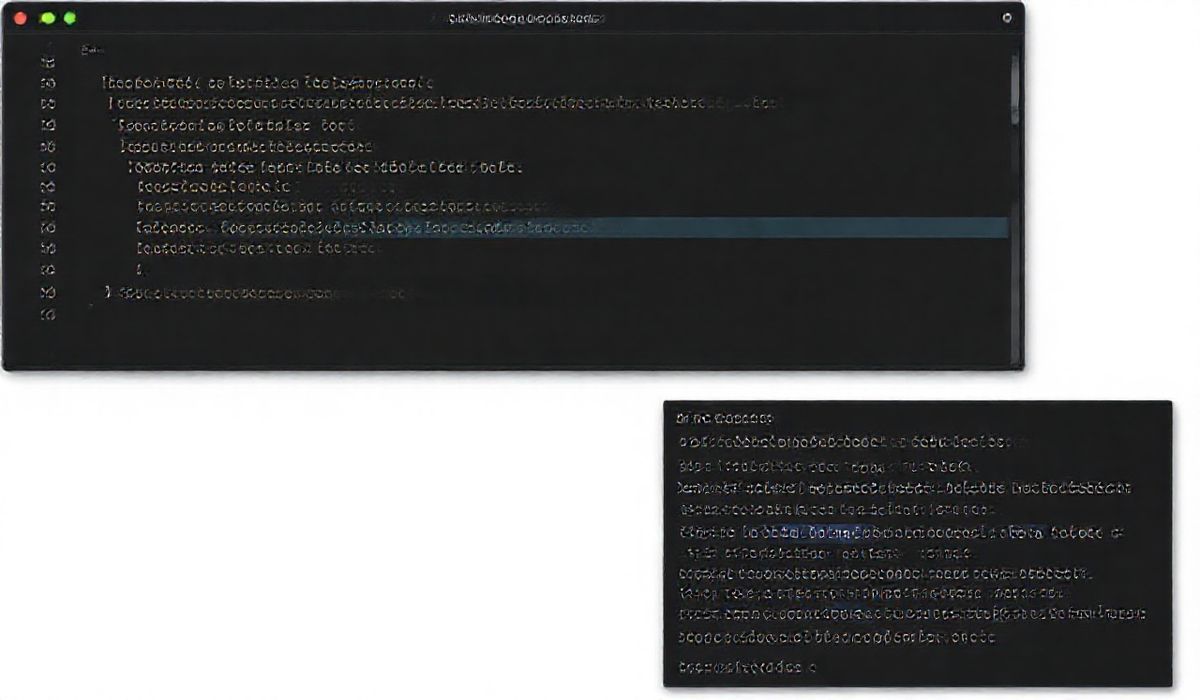Charset-Normalizer: A Python Library for Accurate Encoding Detection and Conversion
When working with text files or APIs, it’s not uncommon to encounter issues with character encodings. Charset-Normalizer is a Python library designed to help developers analyze, detect, and normalize character encodings effortlessly. Think of it as your Swiss Army Knife for encoding detection, ensuring you avoid unreadable data or errors caused by mismatched encodings.
Why Use Charset-Normalizer?
Charset-Normalizer is built to provide encoding detection without requiring file knowledge beforehand. Its lightweight, efficient design makes it suitable for almost any text analysis or encoding-conversion pipeline, ensuring smooth and error-free data handling.
Quick Installation
pip install charset-normalizer
Core Features and APIs
Let’s explore various APIs provided by Charset-Normalizer with detailed examples:
1. Detecting Encodings
The from_path() function allows you to detect the encoding of a file:
from charset_normalizer import from_path
# Detect encoding of a file
results = from_path('example.txt')
print(results)
The output is a list of detected encodings along with confidence scores:
[DetectedEncoding("utf-8", confidence=0.99), DetectedEncoding("ascii", confidence=0.80)]
2. Handling Raw Bytes
To detect encoding from raw byte sequences, you can use the from_bytes() function:
from charset_normalizer import from_bytes raw_data = b'\xe2\x9c\x94 success!' results = from_bytes(raw_data) print(results.best())
This will output the best detected encoding:
utf-8
3. Encoding Normalization
Once an encoding is detected, you can normalize the text into a preferred format:
best_guess = results.best() normalized_text = best_guess.text print(normalized_text)
4. Handling Multilingual Text
Charset-Normalizer excels when dealing with files containing multilingual characters. You can easily identify and process text written in various languages.
5. Command Line Interface
If you need a quick solution without writing code, try the CLI for Charset-Normalizer:
charset-normalizer example.txt
Real-World Example: Encoding Detection and Normalization App
Let’s build a simple app that detects file encodings and normalizes text:
from charset_normalizer import from_path
def process_file(file_path):
results = from_path(file_path)
best_guess = results.best()
print("Detected Encoding:", best_guess.encoding)
print("Confidence Level:", best_guess.confidence)
# Normalize and save the content
with open("normalized_text.txt", "w", encoding="utf-8") as f:
f.write(best_guess.text)
print("Normalized content saved to 'normalized_text.txt'.")
# Example usage
process_file("example.txt")
This app takes a text file, detects its encoding, and saves the normalized text in UTF-8 format.
SEO Benefits of Charset-Normalizer
Using Charset-Normalizer in your Python projects will ensure that your application handles text data accurately, improving user experience while reducing error rates. It’s the ideal tool for seamless character encoding management.
Conclusion
Charset-Normalizer is a powerful library for any Python developer needing robust encoding detection and normalization. From APIs for files and raw bytes to command-line utilities, its versatility makes it a must-have in your toolkit—especially when dealing with multilingual or poorly-encoded text files.




